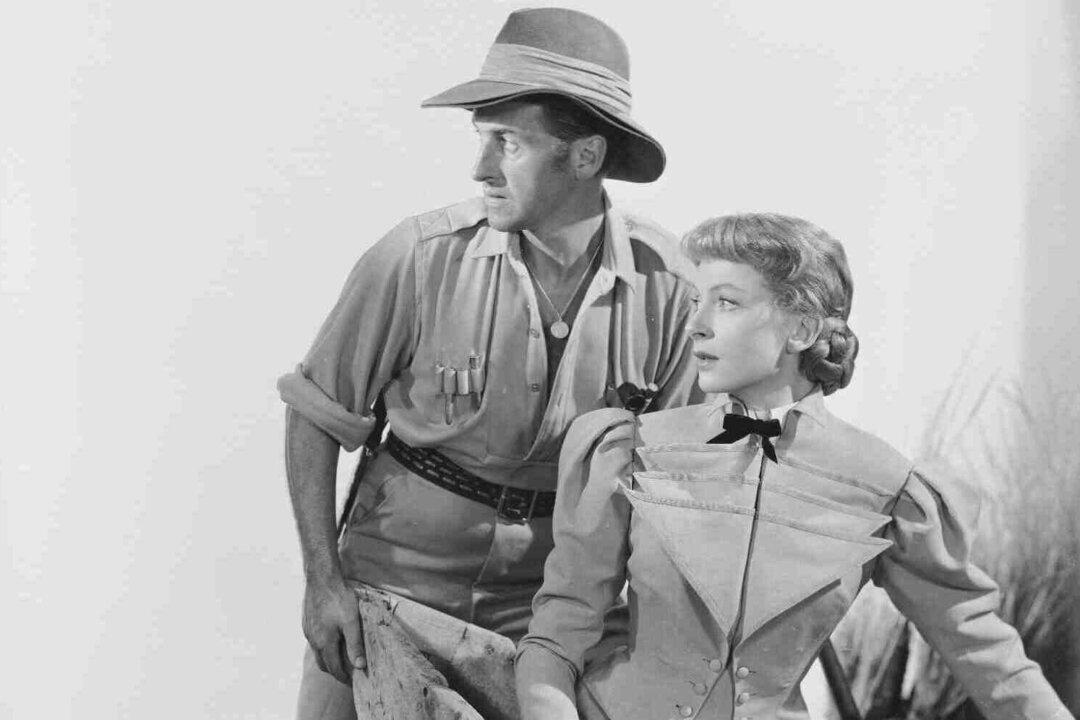Commentary
Adventure is a popular film genre, because movies can transport us to exotic locales which most people will never visit in real life. As far back as the silent film era, filmgoers have relished flicks with daring feats, fast-paced action, and intense peril. In recent decades, increasingly extravagant film budgets have made tropical location shooting commonplace, and computer technology has accompanied or replaced that even more recently. As the special effects grow more impressive, the stories grow weaker and more overdone.





